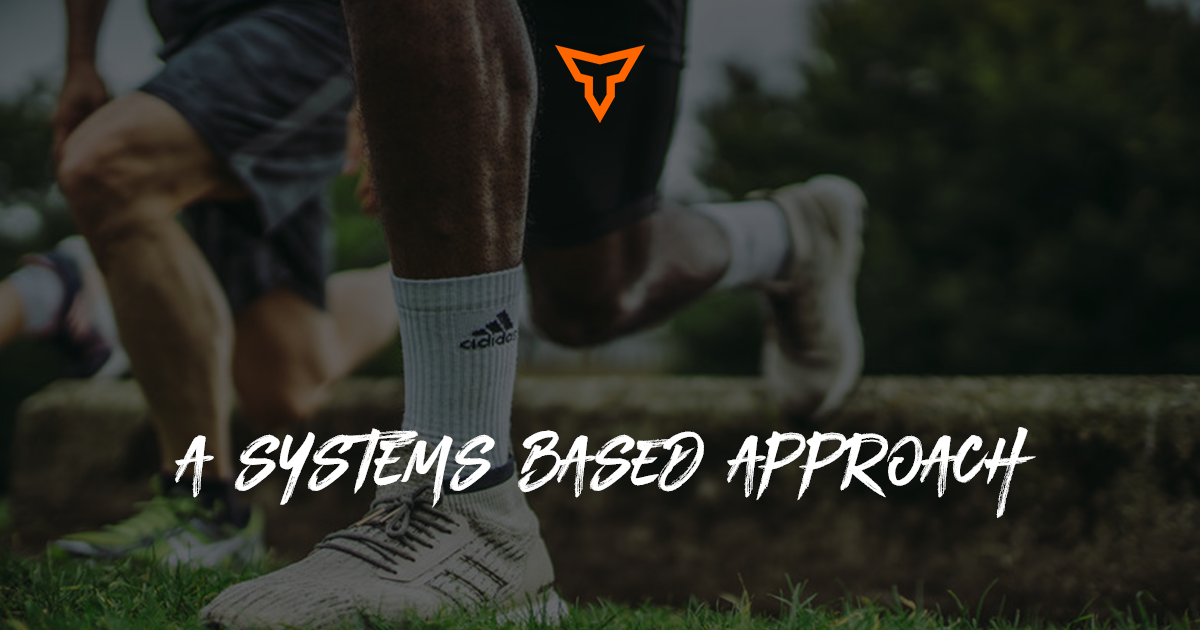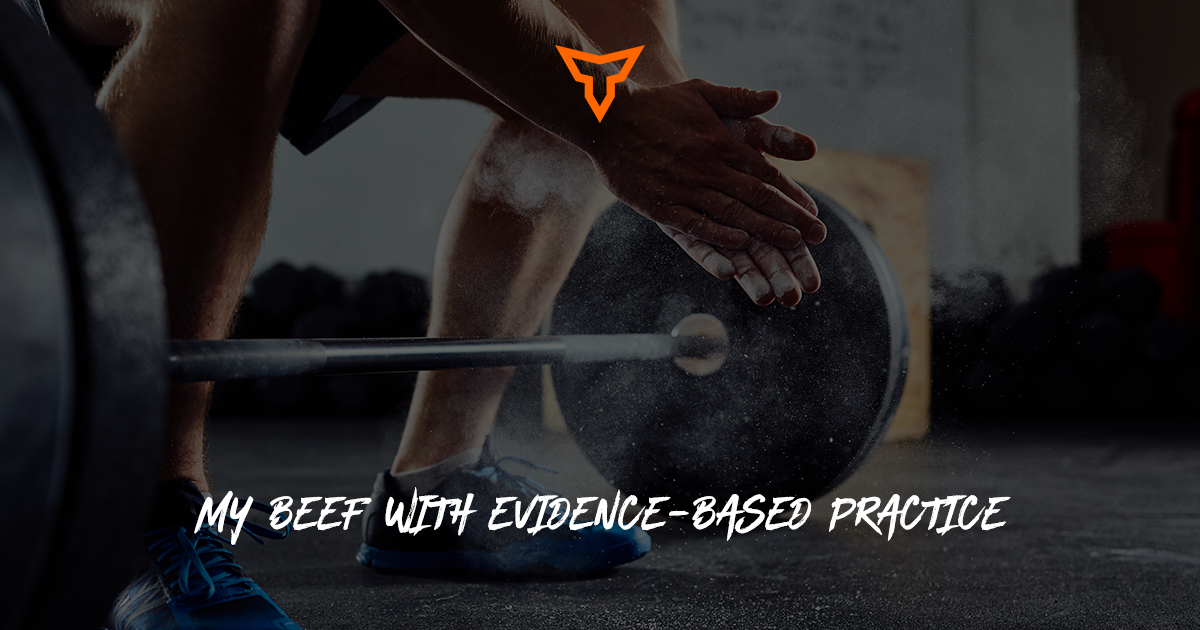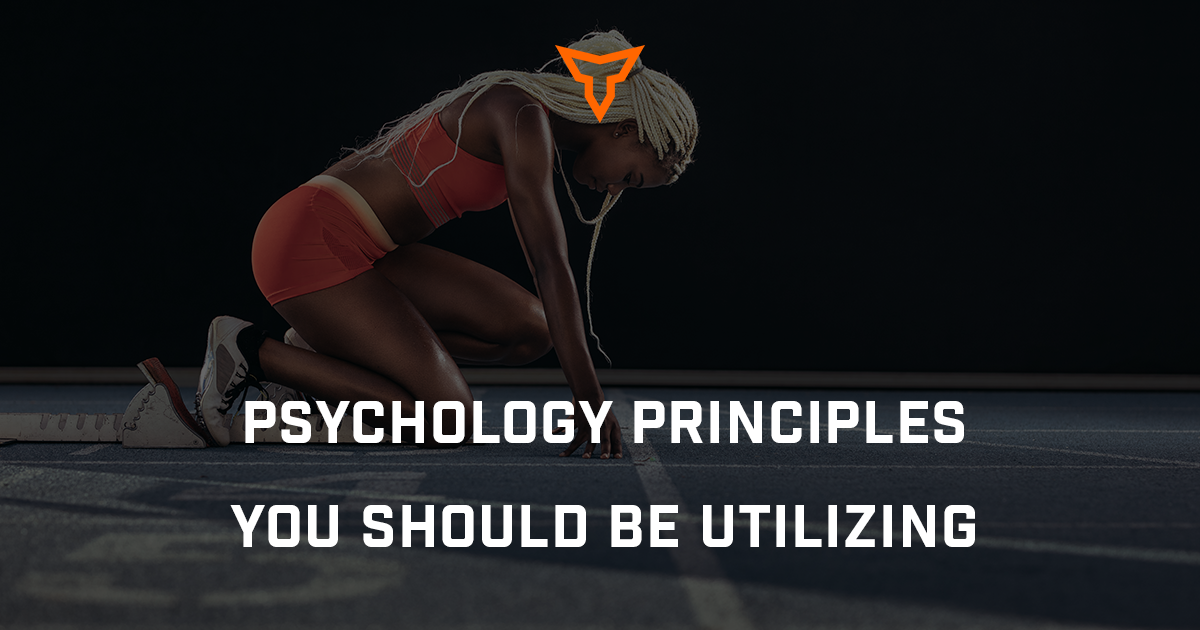From Tots to Pros: My Private Sector Coaching Playbook
As a private and independent strength and conditioning coach, I work with athletes ranging from recreational youth, like my 8-year-old son in baseball, to collegiate athletes, like my 18-year-old daughter in basketball, and even professionals in various sports. My practice primarily focuses on the developmental spectrum from high school (14-19 years) to professional levels (20-35 years), encompassing diverse training ages. Despite the varied athlete profiles, the core principles of training remain consistent. Just as we progress athletes along a continuum, adapting training loads and complexities to individual readiness, parenting requires a similar approach. This emphasis on developmental stages, whether in training or parenting, ensures foundational skills are mastered before advancement.
Training high school athletes presents a unique challenge due to their ongoing physical development. This developmental variability means coaches must carefully calibrate training loads and tendencies to be under-recovered while promoting appropriate strength gains. Additionally, high school athletes often exhibit inconsistent performance due to these physiological changes, requiring coaches to maintain flexible programming, and coaching for that matter, approaches. Foundational movements build the motor patterns and stability for advanced movements. Mastering the basics enables safe, effective progression. Foundational exercises build movement competencies - joint positioning, sequencing, and control. This creates a reservoir of capacity for safe, effective progression. For example, a glute bridge can be simplified by reducing the range of motion or challenged by adding a stability element like a single leg. When it comes to high school athletes and strength training, it's important to remember that "staying basic" can be incredibly beneficial.
Professional athletes often work with fully developed bodies that have typically reached physical maturity. However; not all pros move well. I have worked with some that started as near-motor morons. They have had to unlearn poor movement habits before moving on to advanced lifting protocols. (But that is probably an entire other blog ). There is the pitcher who can throw gas but cannot execute a proper squat. A basketball player can jump through the ceiling but cannot perform a single pull-up or chin-up. However; the majority of professional athletes can advance to more aggressive and specialized training protocols to maximize performance rather than facilitate development. That being said, this population faces different physiological challenges, including accumulated wear and tear, adaptation plateaus, and the need for sophisticated recovery protocols to extend career longevity. Not to mention the overall stress of life and the need to balance social life (outside of their chosen sport) with family life.
Many times high school athletes want to train like professional athletes and often there are times when professional athletes should train like novice athletes. High school athletes idolize pros and want to train like them. They see the explosive workouts, specialized routines, and cutting-edge techniques on social media and think, "This is my path to greatness!"
What teens don't see is that pros spend years mastering fundamentals before advancing to specialized training. Their bodies are fully developed, and they have expert supervision for every rep and recovery day. This systematic approach ensures that complexity is layered upon competency, maximizing both performance gains and training safety.
Additionally, professional athletes often train multiple times a day. However, high schoolers require more recovery time between intense sessions. Their bodies are still developing, and under-recovery can lead to injuries and hinder long-term athletic development. Professional athletes (for the most part) prioritize sleep, nutrition, and hydration. These recovery habits are essential for athletes at any level and can be adopted safely by high schoolers to support their overall health and athletic performance.
There are several instances where even seasoned athletes can benefit from adopting a beginner's approach to training. Firstly, during injury recovery, athletes of all levels, including professionals, must rebuild movement patterns and strength gradually. This often involves focusing on proper form and technique over pushing for high performance, much like a beginner would. Secondly, when an athlete's performance stagnates, returning to fundamental drills can help rebuild confidence and technique. This "back to basics" approach can be instrumental in breaking through plateaus and regaining momentum. Finally, even seasoned professionals approach new skills or techniques with a beginner's mindset.
Both young and experienced athletes (training age) require deliberate practice with progressive skill building. The fundamentals matter regardless of level; proper form creates efficiency whether you're 8 or 28. Every athlete needs training tailored to their specific strengths, weaknesses, and learning style – a universal coaching truth; Both youth and professional athletes require environments where they feel psychologically safe to take risks, make mistakes, and grow.
While the professional environment may involve higher stakes, psychological safety remains crucial for optimal performance and development. Regardless of the athlete's age or skill level, establishing clear values, expectations, and a sense of belonging is essential for driving performance. The most effective coaches create cultures that foster both individual development and team cohesion. They establish clear pathways from novice to advanced techniques. Athletes should "earn the right" to train like pros by mastering each developmental stage.
High school sports should be enjoyable. Even elite training can incorporate games and variety that keep young athletes engaged. Remember, even World Series MVPs still practice the basics. The true mark of an elite athlete isn't complex training—it's mastery of fundamentals performed with incredible precision.
The best coaches can translate complex concepts into age-appropriate instruction without losing the essential teaching points. Athletes at any level can sense when a coach truly cares about their development as people, not just performers. The best youth and pro coaches maintain a growth mindset, constantly studying and evolving their methods. Successful coaches at all levels adjust their approaches based on individual needs and circumstances.
References
American College of Sports Medicine. The Impact of Adolescent Development on Fitness & Conditioning Age and Stage. ACSM, 2025, https://acsm.org/wp-content/uploads/2025/02/NYSHSI-LTAD2-Adolescent-Development-on-Fitness-and-Conditioning.pdf.
Faulkner, John A., and Susan V. Brooks. "The Aging of Elite Male Athletes: Age-Related Changes in Performance and Skeletal Muscle Structure and Function." PMC, U.S. National Library of Medicine, 13 Dec. 2007, https://www.ncbi.nlm.nih.gov/pmc/articles/PMC3928819/.
National Academy of Sports Medicine (NASM). "Progressive Overload Explained: Grow Muscle & Strength Today." NASM Blog, blog.nasm.org/progressive-overload-explained.
Subscribe to our blog
Subscribe to receive the latest blog posts to your inbox every week.
Related posts

Creating a System Based Approach to Your Programming

My Beef with Evidence-Based Practice


